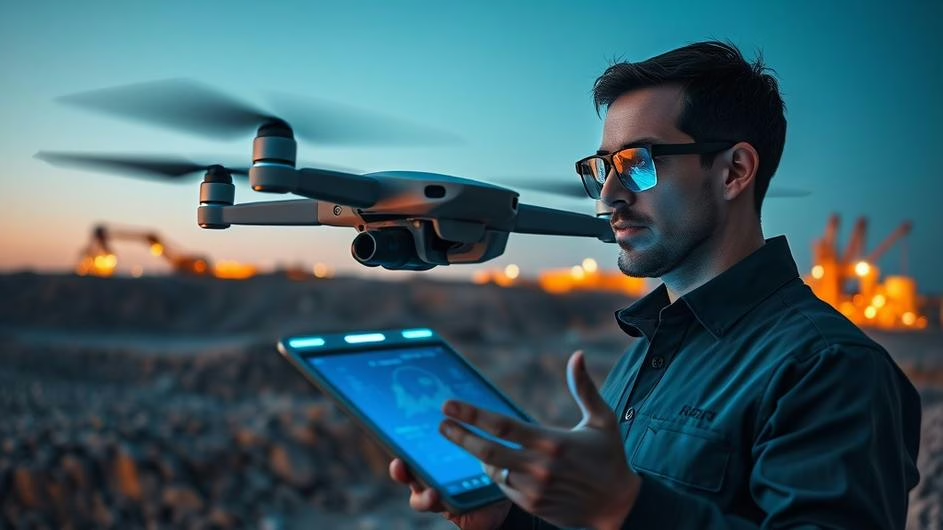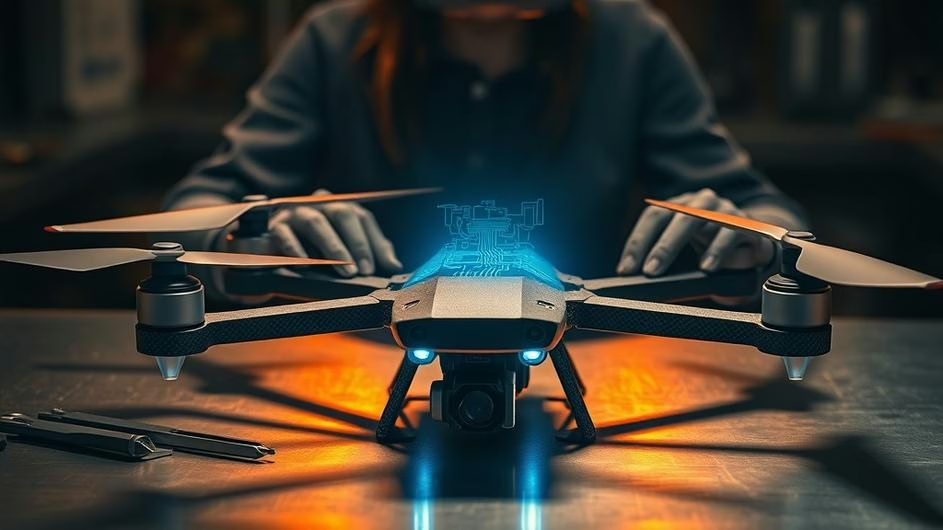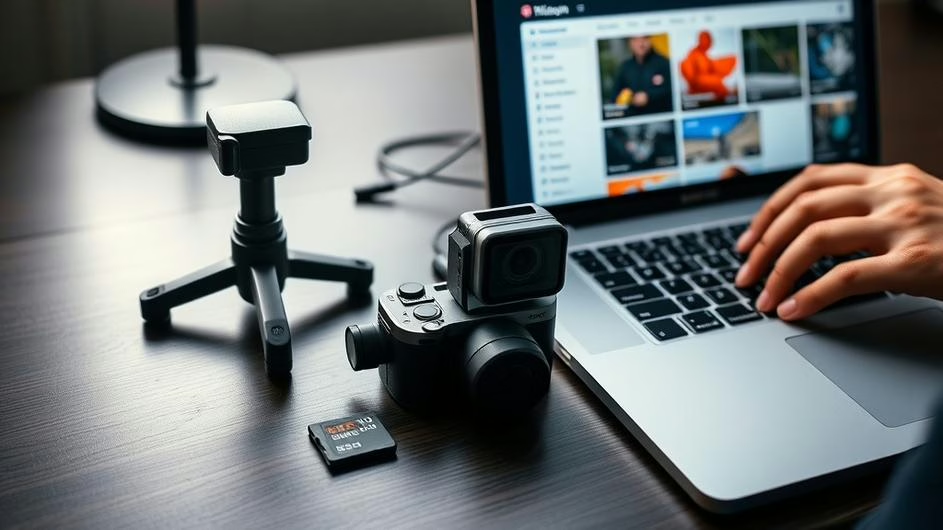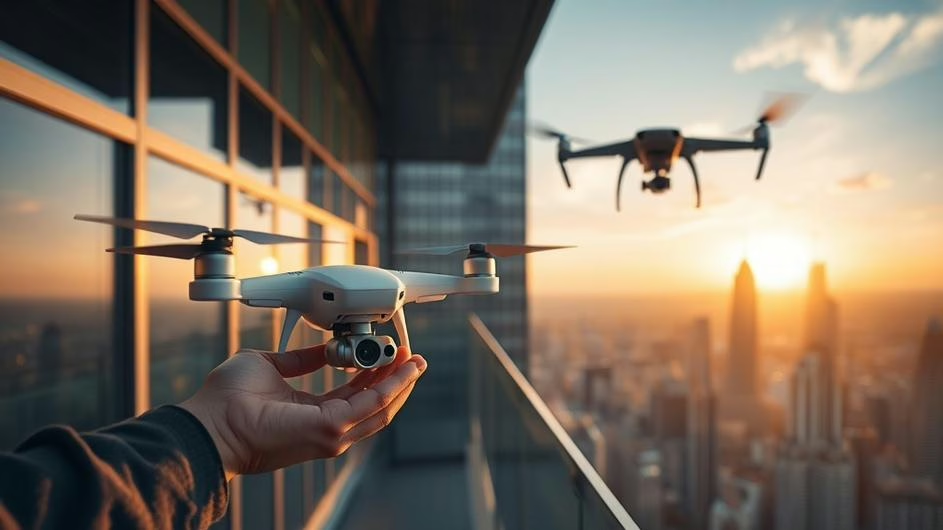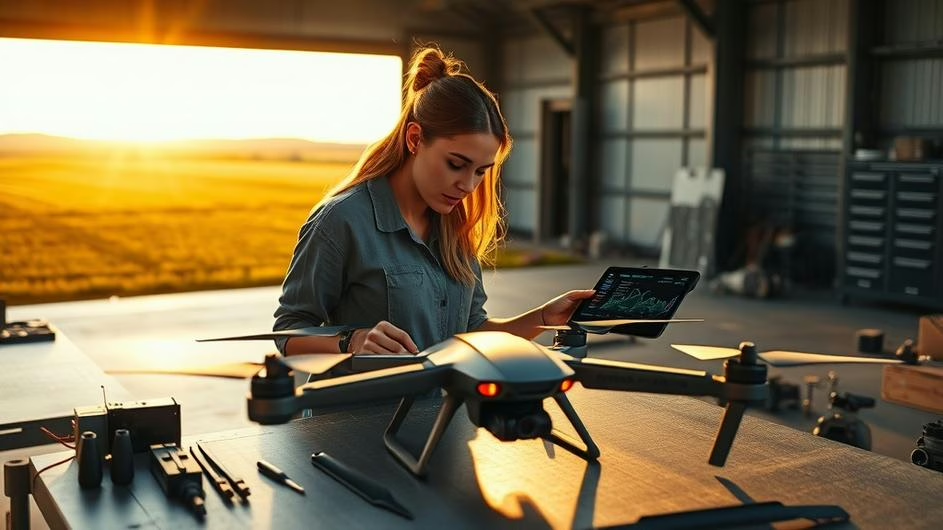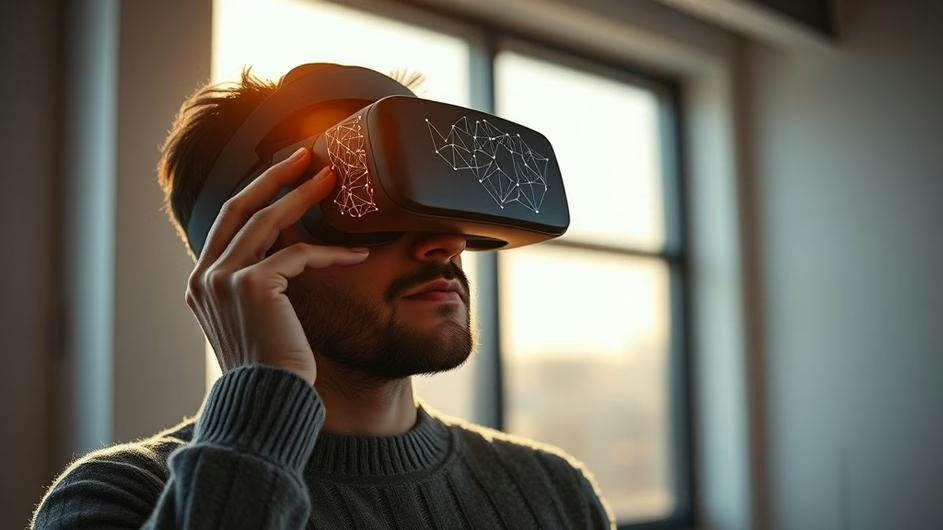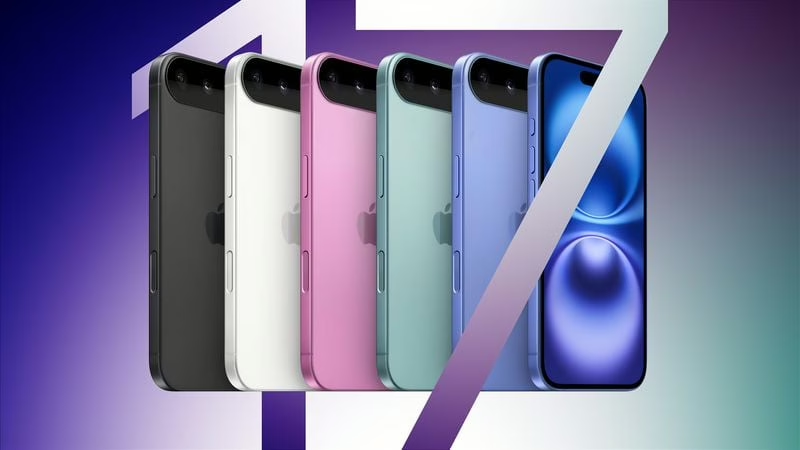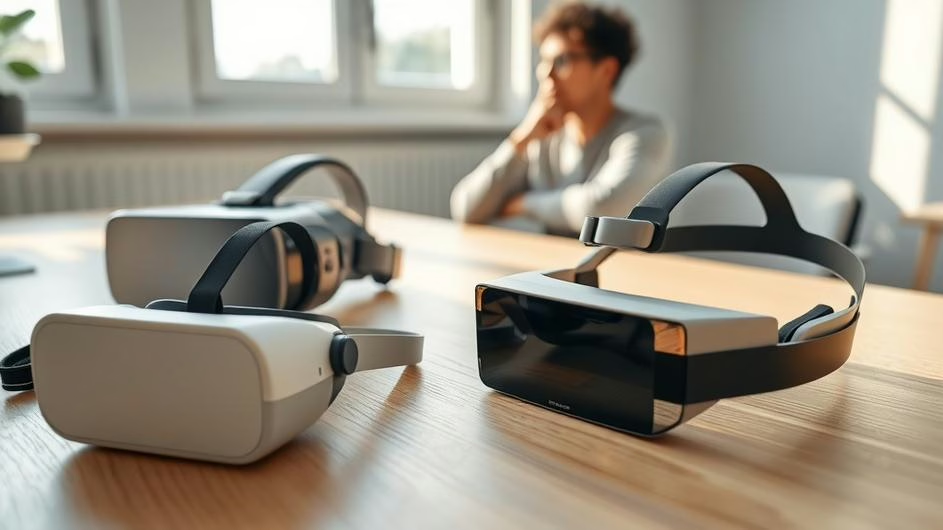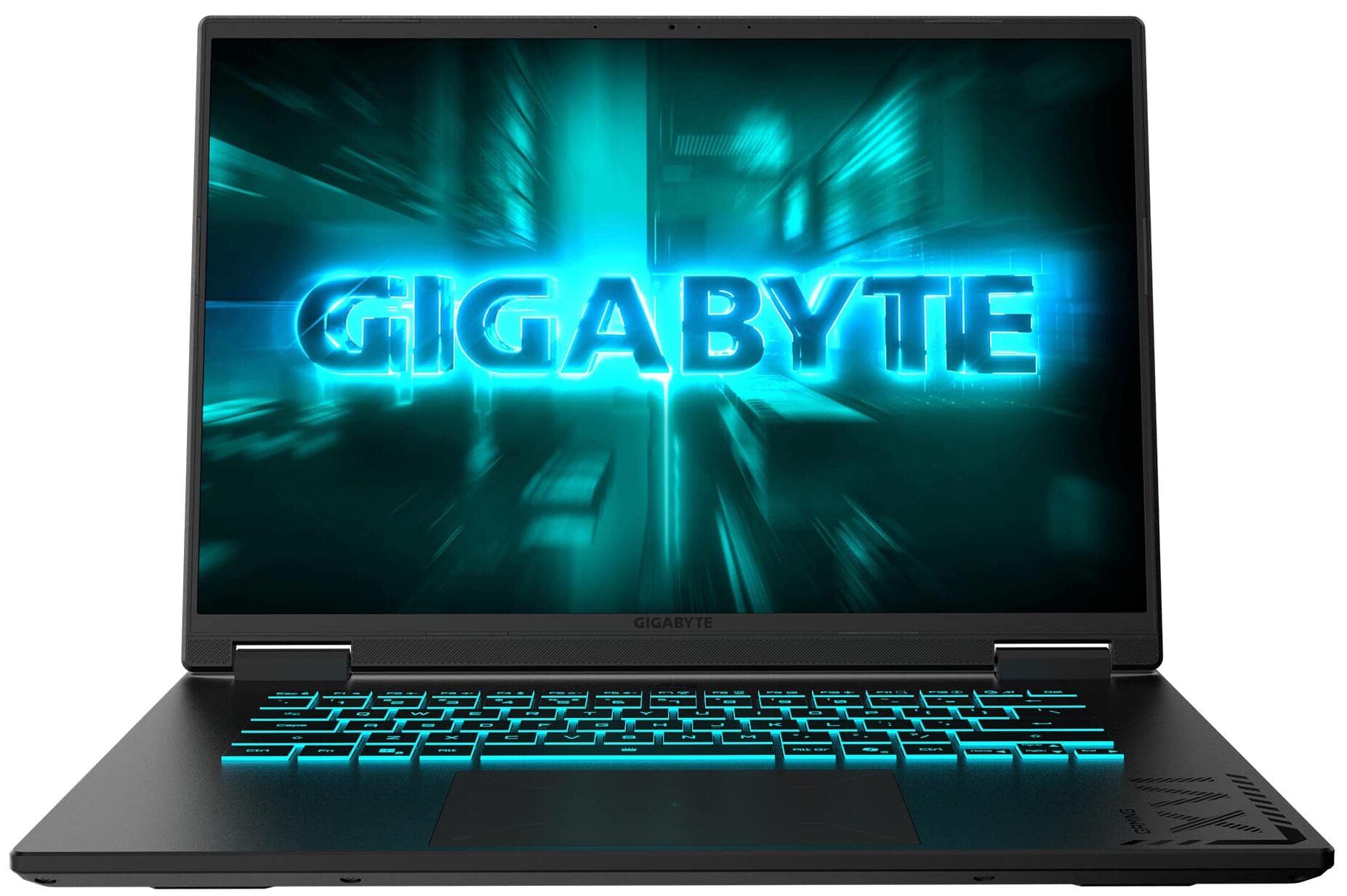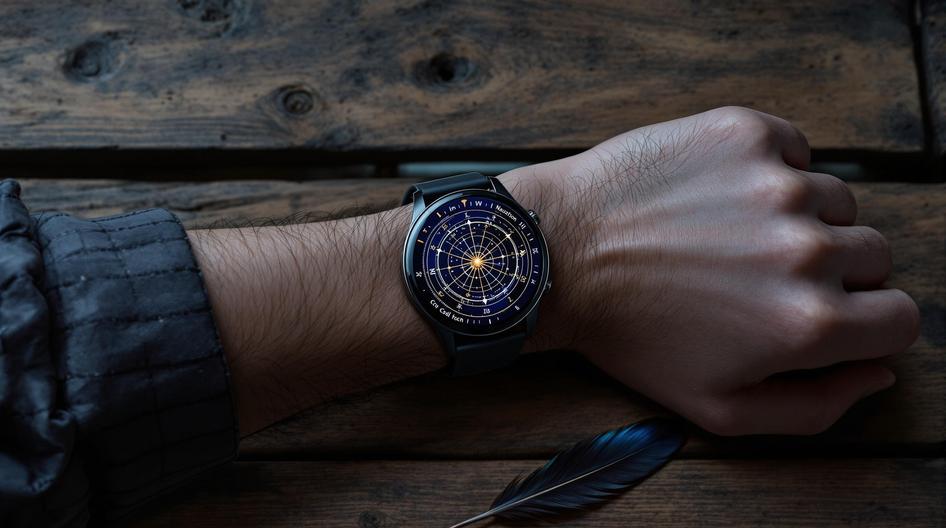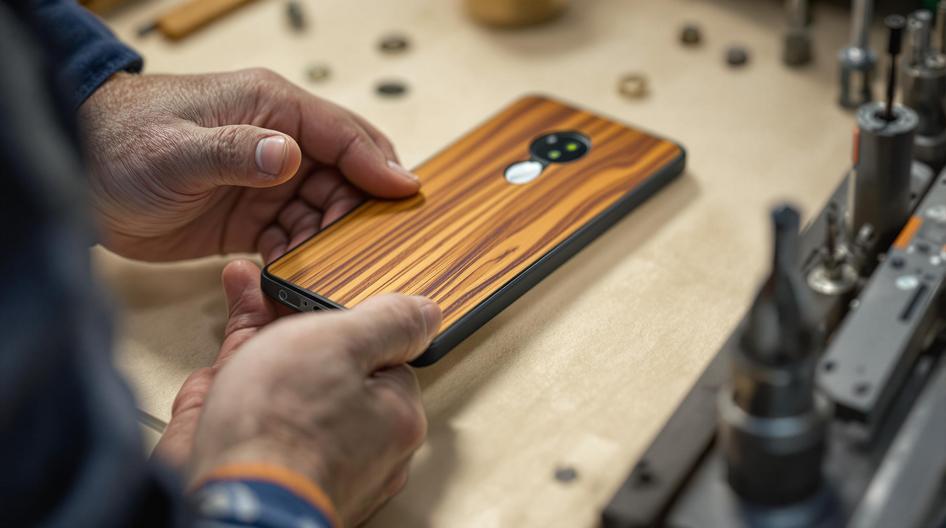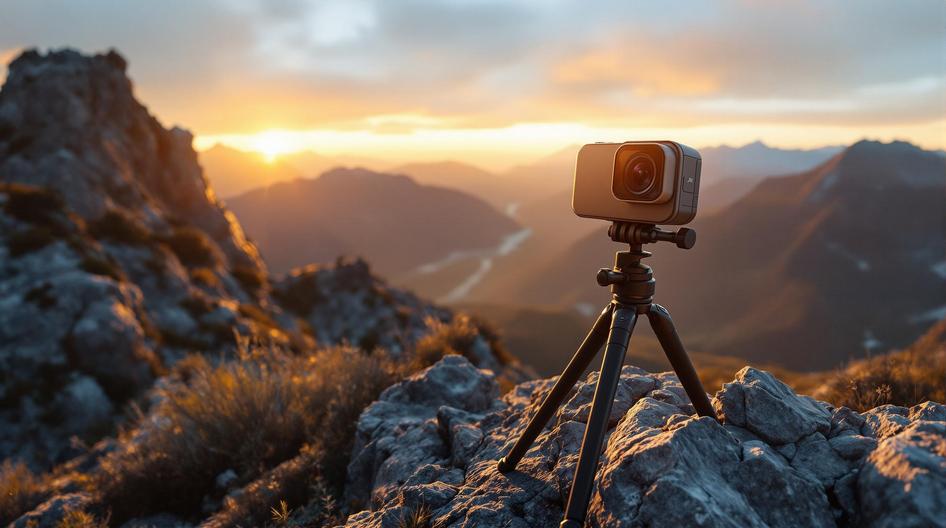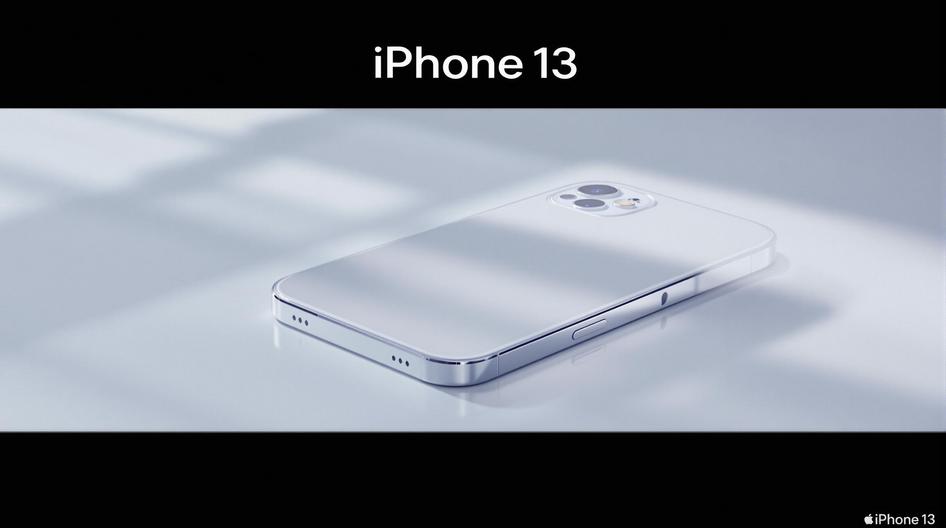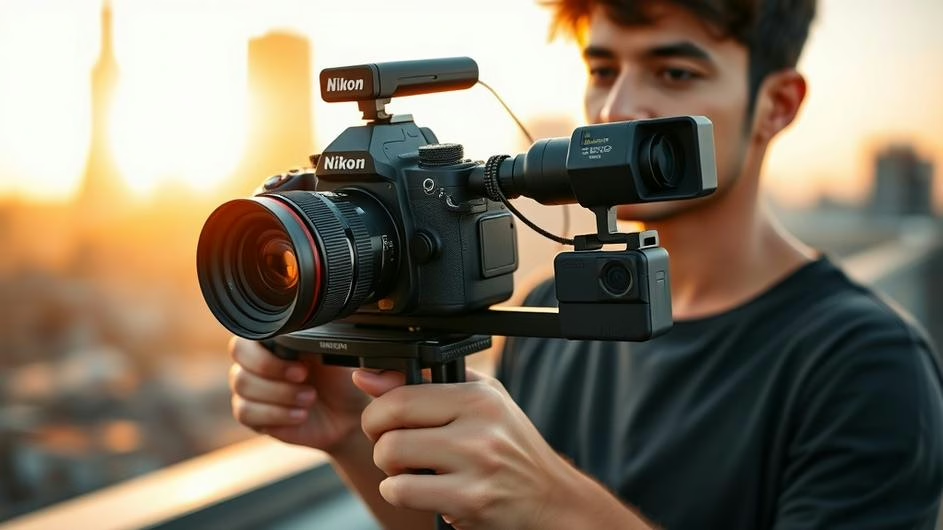
Action Cameras, Cinema Tech, and the Future of Immersive Video
Imaging technology keeps getting better, and honestly, it’s wild how much the lines are blurring between professional cinema gear and the tiny action cameras you can clip to your helmet. Whether you’re bombing down a mountain bike trail, working on the next Marvel movie, or creating immersive VR content for digital platforms, today’s cameras are changing how we capture and share those unforgettable moments.
DJI and GoPro aren’t sitting still. These companies keep pushing each other to build better action cameras, and users are the real winners here. Take DJI’s latest Osmo Action lineup. A recent comparison shows just how much the hardware design affects what you can actually do with these things. The newest DJI models have this mounting system that’s genuinely impressive. You can swap from standard mounting to vertical shooting in seconds, which is perfect for creators who need to move fast and capture different angles without fumbling around.
DJI’s betting big on workflow speed and reliability, and it makes sense. Content creators don’t have time to mess around with complicated setups when they’re trying to catch the perfect shot.
GoPro isn’t backing down either. The company just won a Technology and Engineering Emmy Award for its 360-degree camera tech, which is pretty huge. This isn’t just about having good hardware, it’s about the software and algorithms that make panoramic stitching work smoothly. The GoPro Max 360 is getting some serious love right now, especially with competitive pricing at Best Buy.
What’s really interesting is how these cameras are becoming tools for more than just traditional video. Developers working on metaverse projects, blockchain documentation, or crypto storytelling platforms need reliable visual capture, and GoPro’s Emmy recognition shows they’re serious about that professional market.
The smaller players are making noise too. Insta360’s Go Ultra is shaking things up by being incredibly tiny while somehow staying tough as nails. One review literally shows this thing getting hit with a sword and surviving, which is both hilarious and impressive. The Go Ultra’s Action Pod brings better battery life and a bigger sensor, so low-light performance is way better than previous versions.
Sure, you’re not getting 5.3K resolution, but honestly? Most people don’t need that. The streamlined design means you can focus on actually creating instead of getting lost in menus or watching your battery die every hour. That’s clutch for anyone doing live streaming or on-the-go content creation.
While action cameras are getting more portable and bulletproof, the cinema side is getting more accessible. The Nikon ZR is flying off Amazon’s shelves, and it’s easy to see why. This thing bridges the gap between traditional photography and serious video work without requiring a film school budget.
Devices like the Nikon ZR and Canon C50 are bringing cinematic quality to regular creators. That’s huge for anyone developing premium content, whether it’s for traditional platforms or next-generation Web3 platforms where high-quality visuals can actually become valuable digital assets.
Here’s where things get really interesting. All this camera innovation is perfectly timed for the explosion in user-generated content across new digital ecosystems. VR investors and crypto enthusiasts are constantly looking for fresh ways to showcase digital assets in immersive formats. Better 360-degree video, rock-solid mounting systems, and longer battery life directly enable these new content platforms.
Picture this: wildlife documentaries funded by decentralized organizations, shot in 8K with rugged action cams, and distributed instantly on blockchain-based streaming networks. Or NFT projects where the metadata links directly to verified footage captured through smart contracts. We’re not there yet, but the hardware is definitely ready for it.
The competition between DJI, GoPro, Insta360, and the cinema camera heavyweights isn’t really about megapixels or price wars anymore. It’s about removing barriers for creators who want to bridge real-world storytelling with programmable, decentralized digital worlds. Extended reality technologies are evolving fast, and creators need cameras that can keep up.
As these technologies mature, expect tighter integration with blockchain identity protocols, DAO governance systems, and NFT marketplaces. We’re heading toward an era where every perspective, every moment, and every memory could become a secure, verifiable, and potentially valuable digital asset.
The camera wars aren’t slowing down anytime soon. Each new generation brings better stabilization, smarter software, and more creative possibilities. For content creators, developers, and tech innovators, that means more tools to tell better stories, whether those stories live on YouTube, Netflix, or the decentralized web.
Sources:
DJI Osmo Action 5 Pro vs. Action 4 vs. Action 3 – Ultimate 2025 Action Cam Showdown, ts2.tech, September 18, 2025
Insta360 Go Ultra Review: This Tiny Action Camera Got Swacked by a Sword, and Survived, Gizmodo, September 16, 2025
Forget DJI, GoPro Max 360 Action Camera Is at Its Lowest Price Now at Best Buy, Gizmodo, September 16, 2025
GoPro Wins Emmy® Award for 360 Technology – Company Announcement, Financial Times, September 18, 2025
Nikon ZR Rockets Into Amazon’s Best Sellers, Sony FX2 and FX3 Trail Behind, Y.M.Cinema Magazine, September 15, 2025


